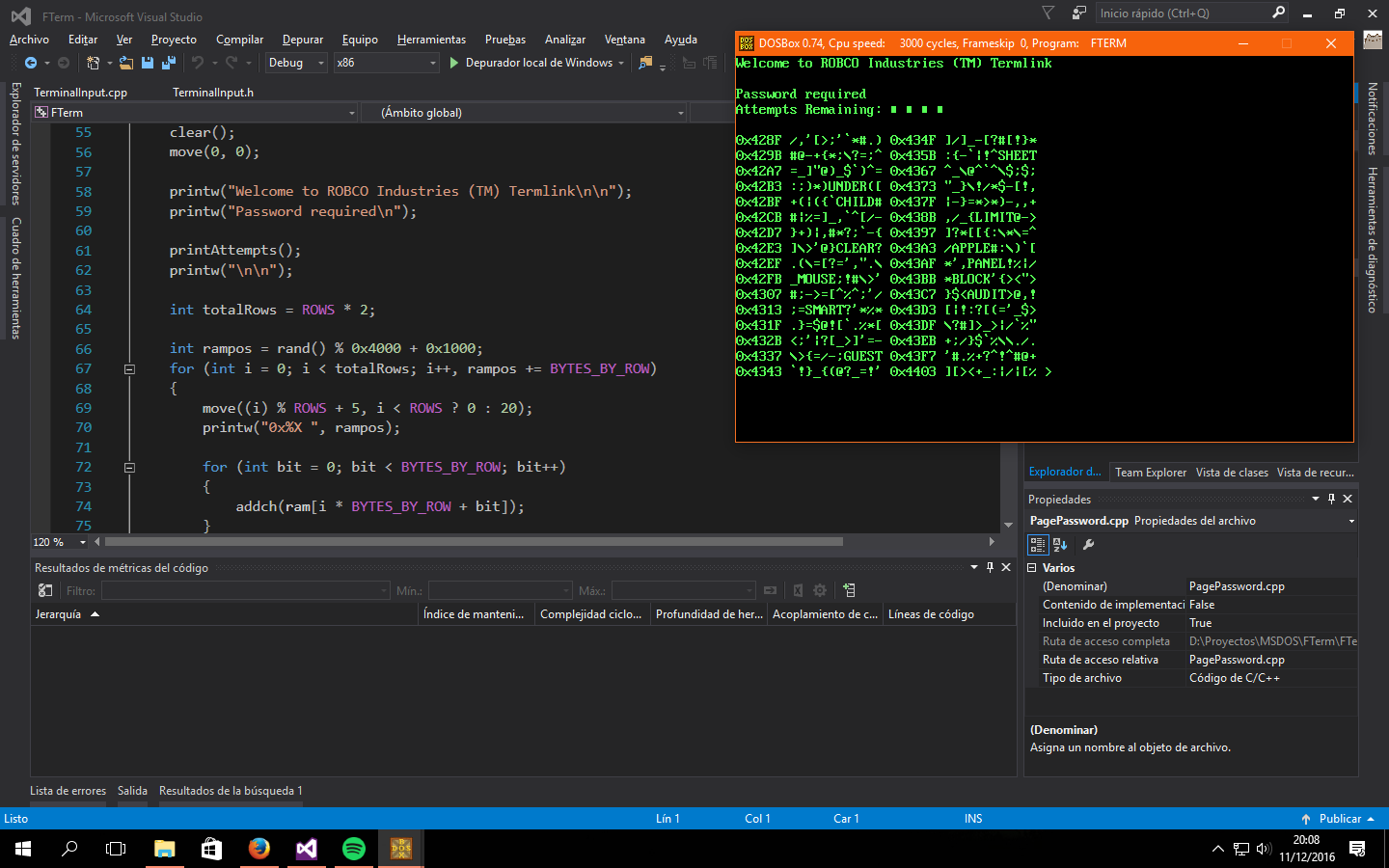Ms-dos Debug Program
- Posted in:Admin
- 18/06/18
- 24


The Microsoft MS-DOS DEBUG program provides a generally available tool for examining and analyzing files in a Microsoft environment. Files can be loaded and their. Asus M2a-mx Lan Driver. Starts Debug.exe, a program you can use to test and debug MS-DOS executable files. Used without parameters, debug starts Debug.exe and the debug prompt appears, which. How To Convert Ms Word File To Html.
2-2 DOS Debugger Program DOS Debugger Program A DOS debugger is a utility program that comes with the MS-DOS operating system as a programming tool for debugging (trouble shooting) and testing executable files. The debugger is sometimes called a 'mini-assembler,' because it allows the user to create and run short or small assembly language programs. With the debugger, the user can access the system's main memory and save the program directly on the disk without the intervention of the DOS. In addition, the debugger can be used to disassemble object codes (machine instructions) into readable codes. There are two ways to run the program under the debugger: single-step (trace) or Go with full speed.
Single-stepping or tracing the program is to execute one instruction at a time. After each tracing, the program stops so that the user can examine the effects that are caused by every instruction in the program. The debugger also allows us to set a few breakpoints, and run program at the full speed until the particular instruction is reached. Note that unless you are real sure about the operational function of the program that you are debugging, don't use G command to run the program, because it might cause some unexpected results. Since the DOS debugger allows the user to write on the absolute sector address on a disk, for the safety reason, it is very important that the user should make a backup copy of the program and then run the program. DOS Debugger Environment Before invoking or loading the DOS Debugger, you may want to locate where the DEBUG.COM program is stored in the system: it may be stored under C: DOS DEBUG.COM, if you are using a PC with a hard disk; or, it may be on a DOS supplemental disk or operating disk.
After invoking the DEBUG.COM, the DEBUG itself then is loaded into the following memory area in the PC's main memory. Refer to Figure 1, via the DEBUG you have complete access to the memory and the CPU registers of the 8088/8086 used in the PC. The Debugger environment Figure 2 shows the 16-bit registers that are shown on the debug screen.
Note that the 8-bit registers such as AH, AL, and so on, are not directly displayed on the debug screen. 16-bit 8-bit Special Registers/general purpose AX AH AL Accumulator BX BH BL Base register CX CH CL Counter register DX DH DL Data register 16-bit Instruction Fetch CS Code Segment Register Base address IP Instruction Pointer Offset address 16-bit Stack Segment Operation SP Stack Pointer Offset address BP Base register Offset address SS Stack segment register Base address 16-bit Source of String /Array DS Data Segment Register Base address SI Source Index Register Offset address 16-bit Destination of String /Array ES Extra Data Seg. Base address DI Destination Index Reg. Offset address Flags: Overflow (OF), Directional Flag (DF), Interrupt Flag (IF), Trace Flag (TF), Sign bit flag (SF), Zero Flag (ZF), Auxiliary Flag (AF), Parity Flag (PF), and Carry Flag (CF) Figure 2. Top 2014 Gear.
8088/8086/80286 CPU registers Debugger Commands All DEBUG commands are single letter commands, and are usually followed by one or more parameters. The commands can be uppercase or lower case letters, or a combination of both. Delimiters are only required, however, between two consecutive hex numbers. The commands become effective only after you press the [Enter] key.